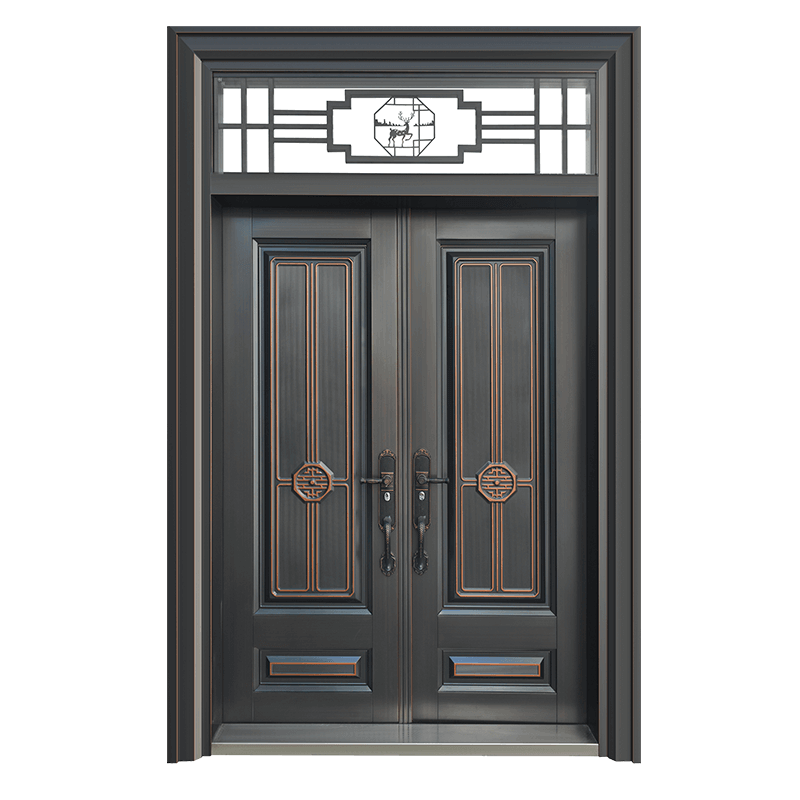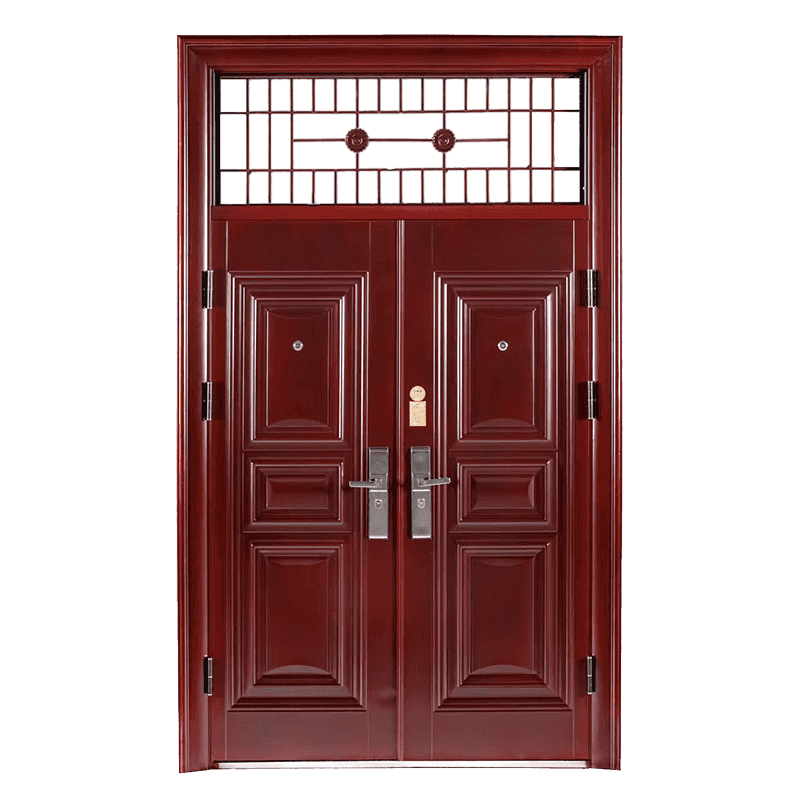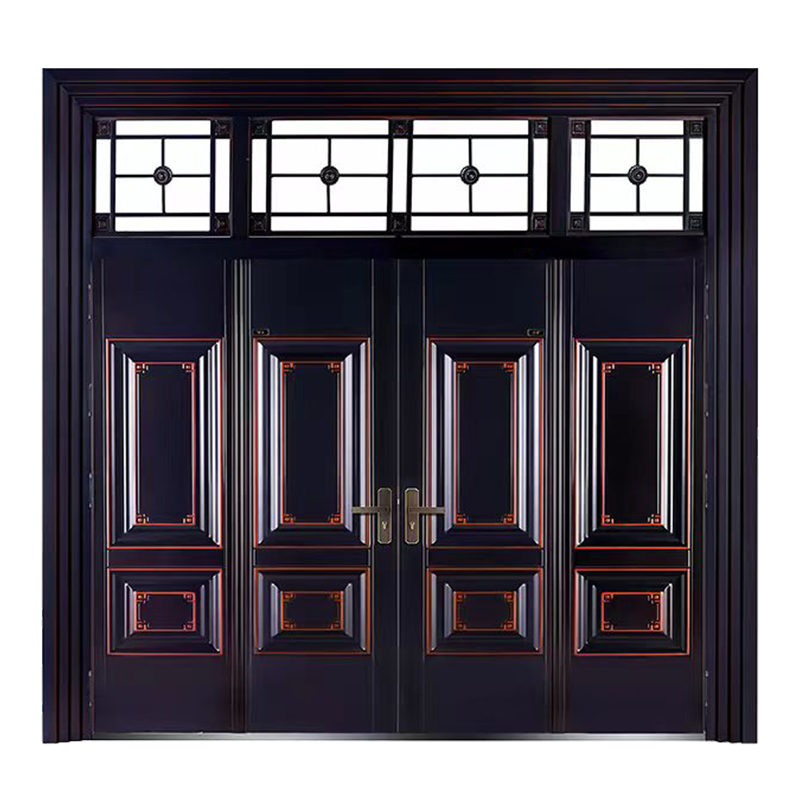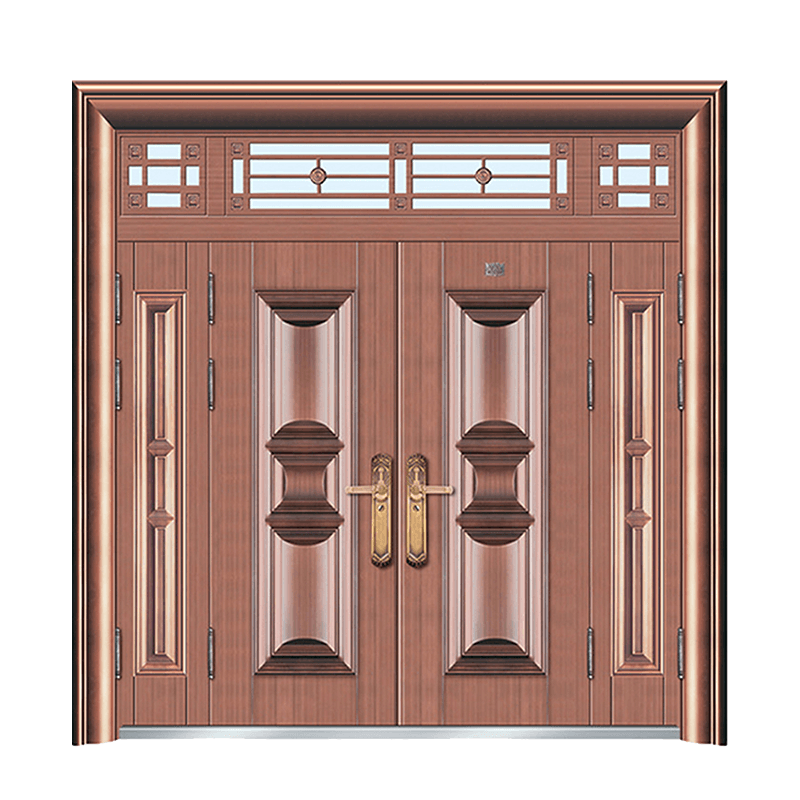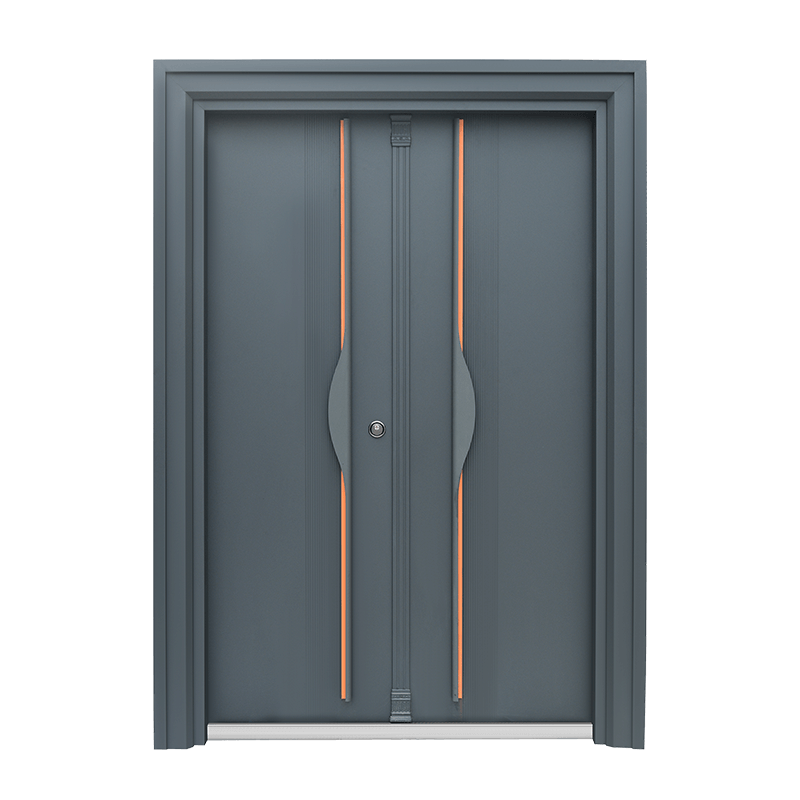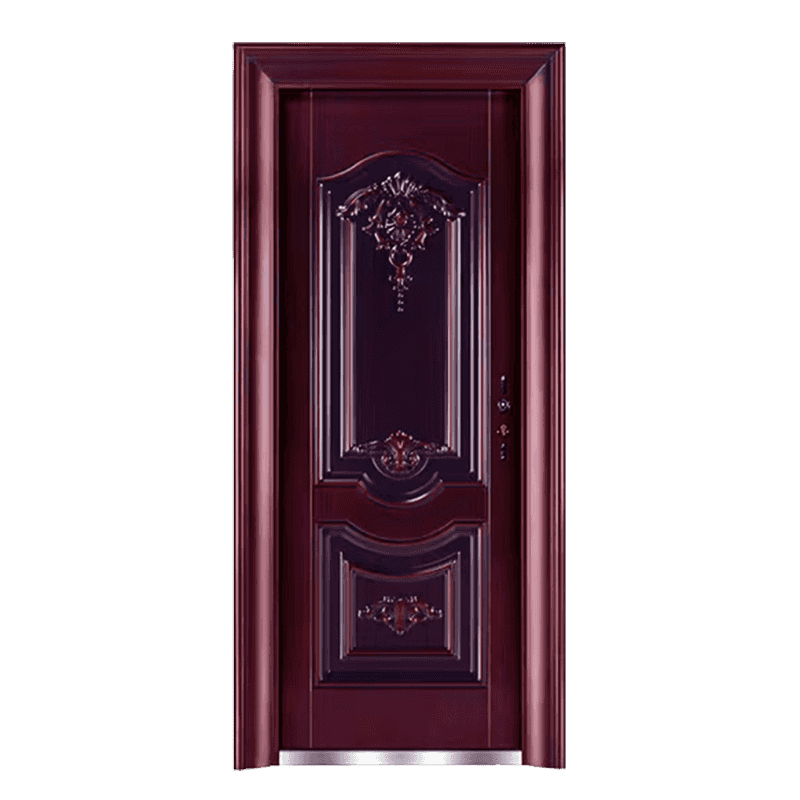Balancing Visual Appeal and Functional Strength in Entry Door Design
Aug 22, 2025
Modern homeowners and commercial building developers increasingly demand that the Entrance Anti-Theft Door deliver not only robust protection but also stylish aesthetics that align with architectural preferences. While the core function of such a door remains security, manufacturers today must consider how to seamlessly blend design elegance with anti-intrusion engineering. This dual expectation presents a unique design challenge: achieving a visual appearance that enhances the property's look while maintaining the structural features necessary for resisting tampering, forced entry, and environmental wear.

Material Choices That Support Both Beauty and Security
Material selection plays a crucial role in achieving this balance. High-strength steel and alloy cores provide the necessary durability and resistance to impact, but designers often cover these cores with aesthetically pleasing exterior finishes. Wood grain laminates, baked enamel coatings, powder-coated steel, or even natural wood overlays are used to create a warm and welcoming appearance. In upscale environments, stainless steel with matte, brushed, or textured finishes is popular for its sleek, modern visual appeal. These coatings and finishes are not purely decorative; they also provide corrosion resistance, UV protection, and scratch durability, ensuring the door remains attractive even under challenging weather conditions.
Color Coordination and Decorative Accents
Another key element is the use of color and decorative accents to harmonize the door with the surrounding façade. Entrance doors are often the focal point of a building's exterior, so the ability to offer multiple color options is essential. Manufacturers now employ advanced coating technologies that allow for custom color matching, metallic finishes, and even multitone gradients. Additionally, features such as embossed patterns, faux-panel designs, or traditional carvings are applied to enhance visual interest. These elements allow the door to mimic classic wooden doors or modern artistic designs without compromising structural integrity.
Integration of Functional Accessories with Aesthetic Value
Functionality doesn't have to look utilitarian. Door handles, peepholes, smart locks, and even video doorbell systems can be integrated in a way that complements the overall appearance. For instance, handle sets are now available in a range of finishes such as brushed nickel, bronze, or black matte to match contemporary trends. Meanwhile, digital keypads or biometric scanners are increasingly being designed with minimalistic, low-profile aesthetics that don’t disrupt the overall harmony of the door's surface. Even security bolts and hinge caps are engineered to be hidden or designed in visually subtle forms.
Symmetry, Proportions, and Surface Texture
A well-designed entrance door must also consider proportions, symmetry, and tactile surface elements. The symmetry of panel layouts, window inserts, or geometric accents can contribute significantly to perceived elegance. Textures—such as fine-grain metal brushing or wood-imitating embossing—provide depth and visual complexity, avoiding the sterile or industrial look that often accompanies high-security fixtures. In many cases, frosted or reinforced glass inserts are added not only for aesthetic reasons but also to allow natural light into the entryway without sacrificing privacy or security.
Customization and Consumer Preferences
Consumer preference continues to drive the evolution of entrance door designs. Manufacturers increasingly allow for customization options that let homeowners choose combinations of color, texture, hardware, and even door size. This flexibility ensures the door matches the building's style, whether traditional, minimalist, or avant-garde. Crucially, every visual element is engineered in tandem with safety and performance standards, ensuring that aesthetic additions don’t weaken the door's resistance to forced entry or weather conditions.

 English
English 中文简体
中文简体 Français
Français Español
Español عربى
عربى